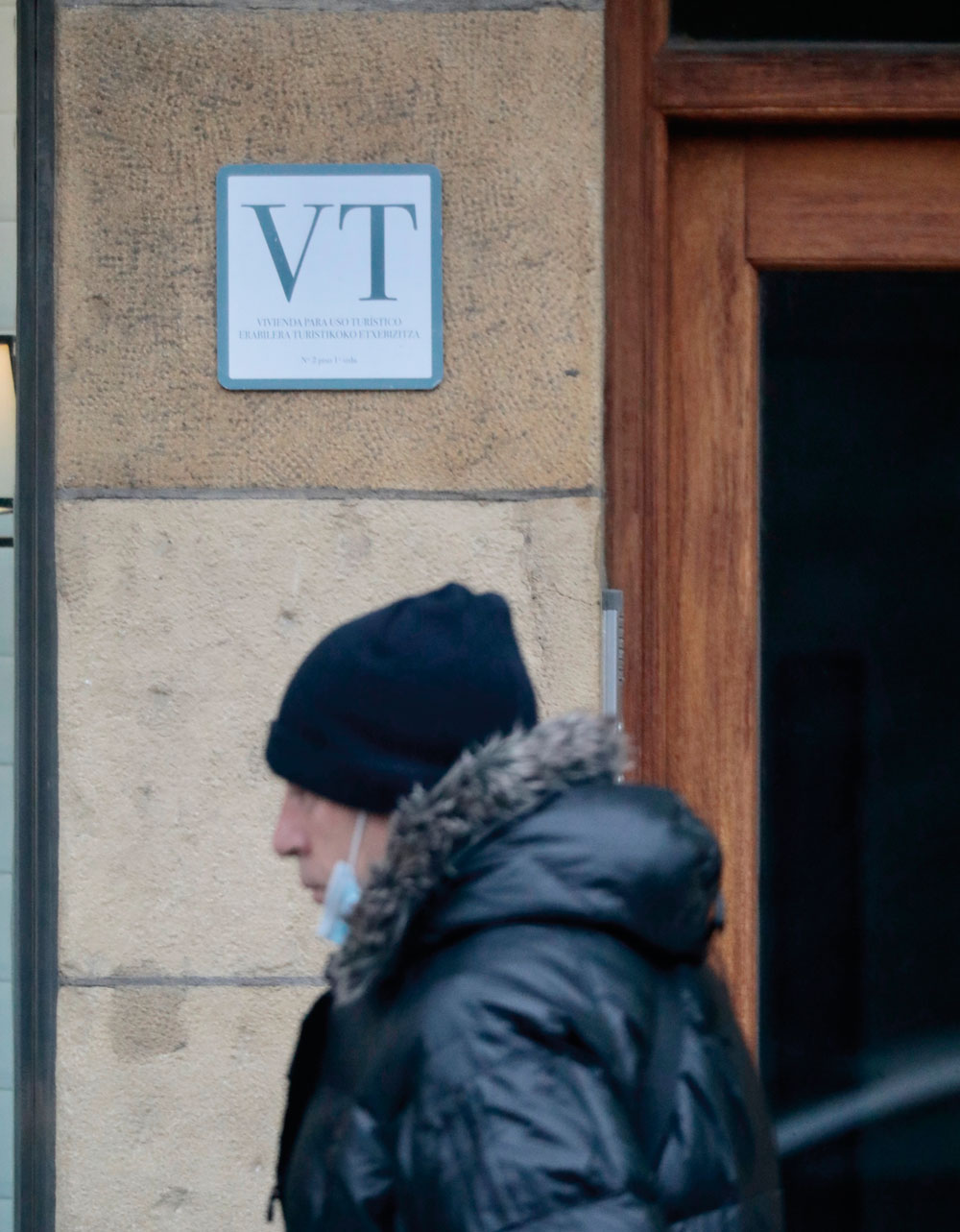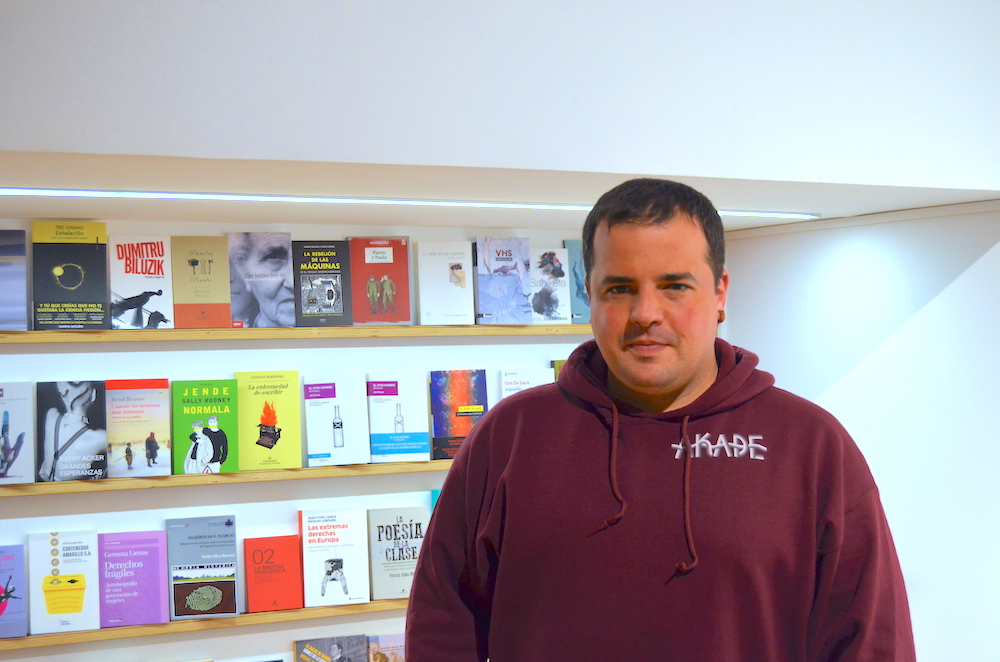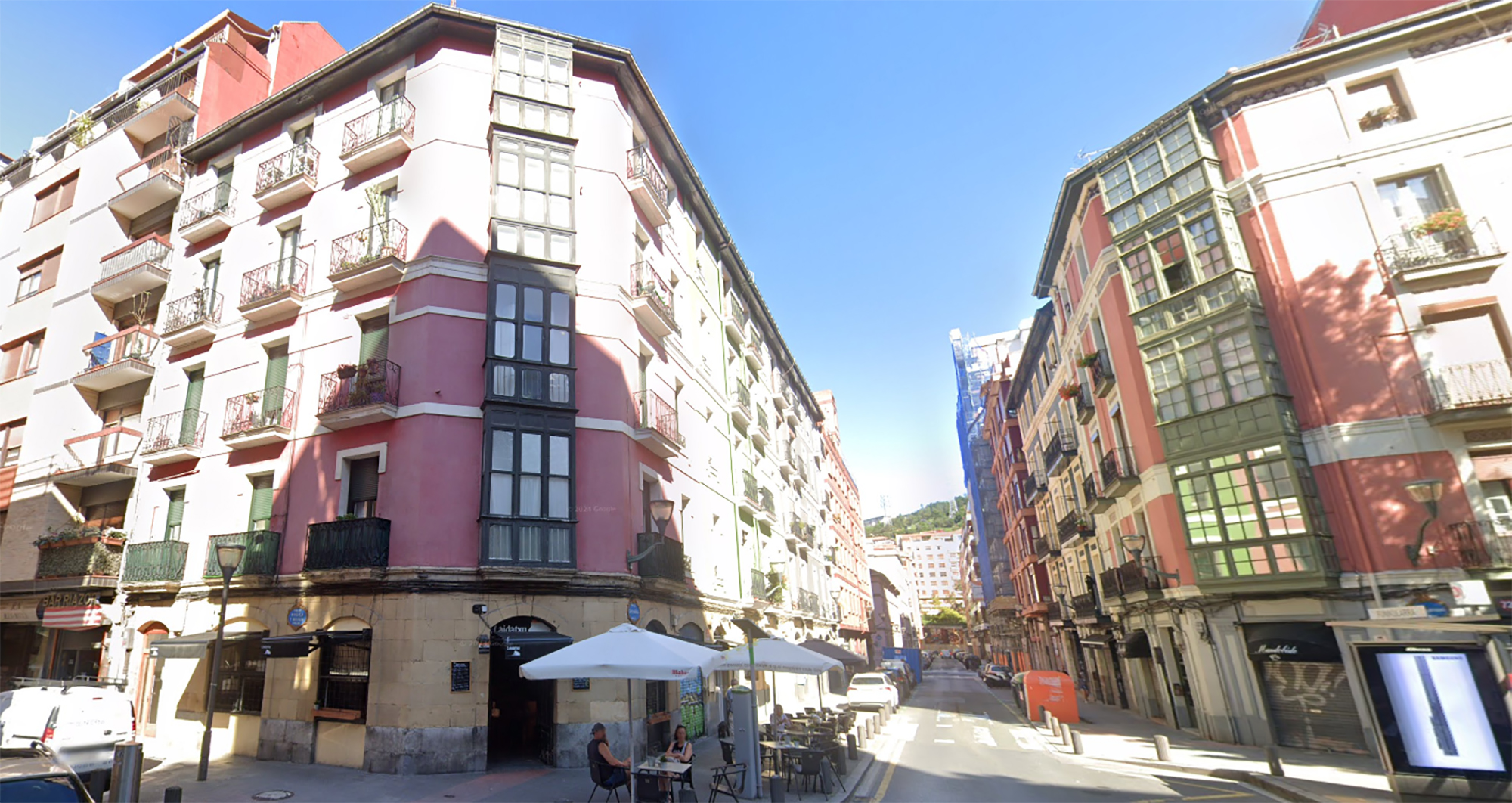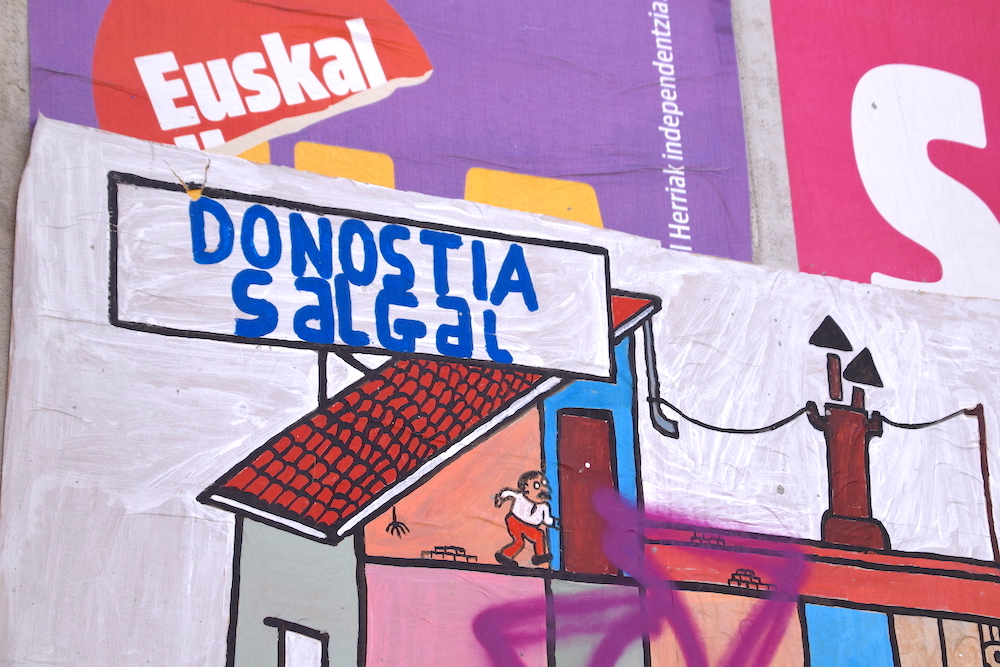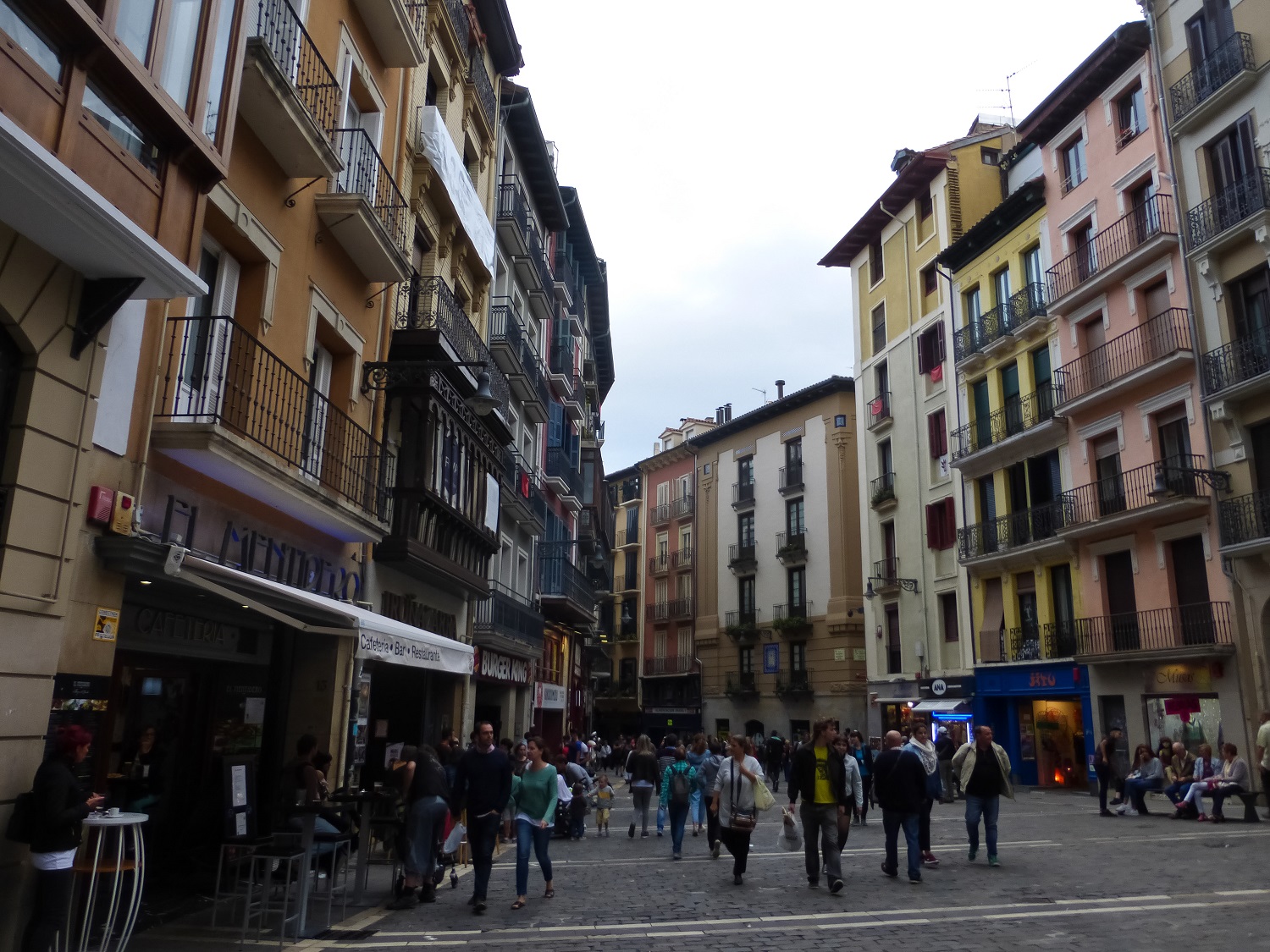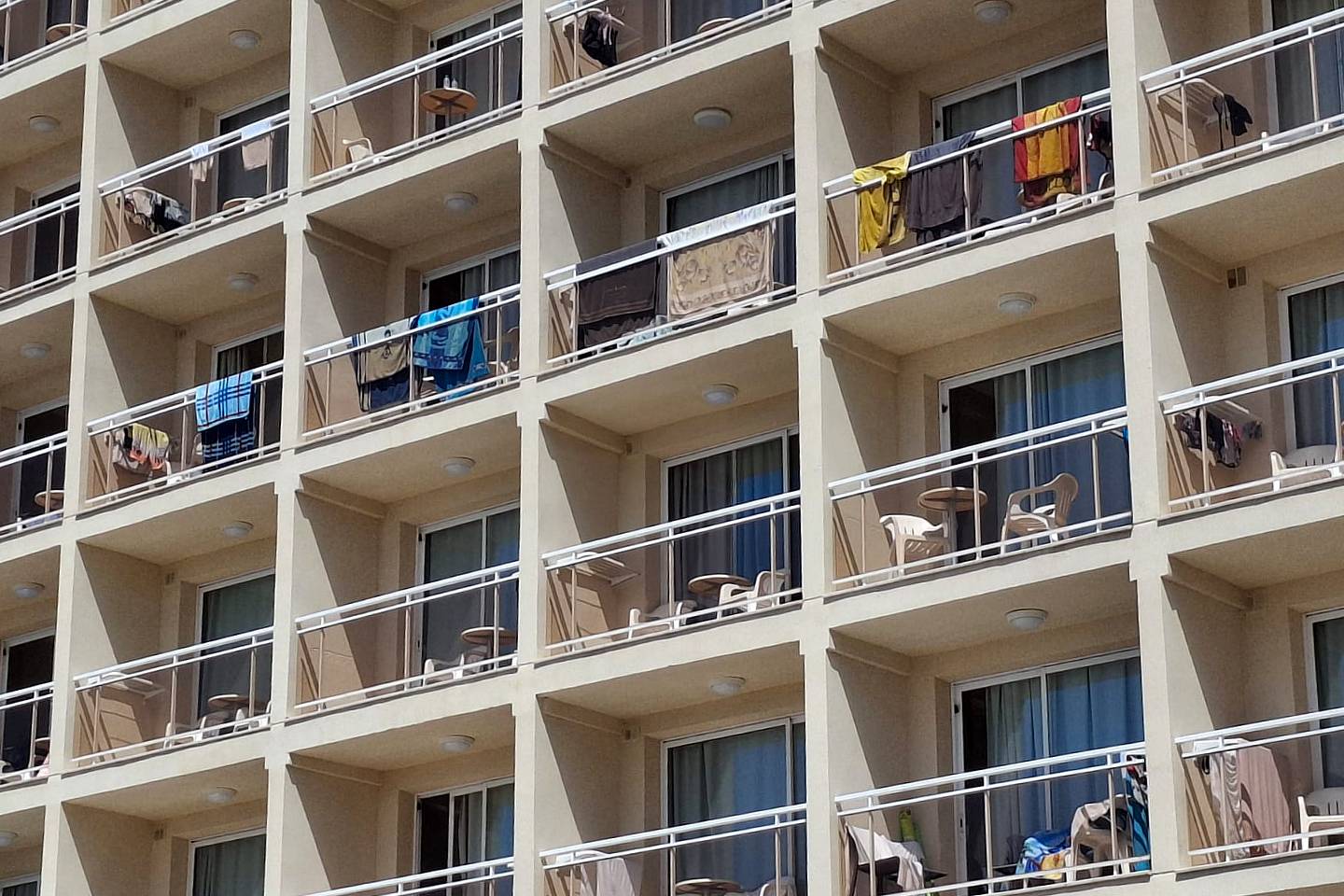October against Turistification was rounded off last Sunday with a multitudinous demonstration in favor of the tourist growth of the Bizilagunak platform, but the debate on turistification is still alive in the city. In particular, they have contacted the tourism of... [+]
The city of Donostia-San Sebastian hosts a debate table
- During the pandemic, these kinds of messages spread: 'We'll get better' and 'thanks to this we'll learn'. The epidemic caused the tourist eviction of the streets of San Sebastian, which affected people living from tourism in the city, and decreased the supply of tourist houses. The platform with the neighbors saw this situation as an opportunity to move towards the tourist slowdown, but not so, and now through Airbnb more holiday homes are offered than the year before the pandemic.

The coronavirus pandemic hit all areas of society seriously, including tourism. In the case of San Sebastian, about 14% of the Gross Domestic Product (GDP) of the city comes from tourism, Mayor Eneko Goia in November last year Forum Europa. He explained the tribune in the Basque space.
The importance of tourism in the economy of Donostia-San Sebastian made the pandemic have a remarkable impact. In fact, according to data from San Sebastian Turismo, the number of overnight stays in the city decreased by 63.43% between 2019 and 2020, although in the months prior to the outbreak (January and February) it increased by 12.21%. Faced with the situation, the Bizilagun platform pointed out in summer 2020 that it was time to move towards another socio-economic model in the city, ‘overcoming the monoculture of tourism’.
Once normality is restored to Pandemia, tourists return and far from overcoming the “monoculture tourism”, in San Sebastian there are more holiday homes offered through the Airbnb portal than in 2019. Josu del Campo and Jon Macias, of the geographic group Haretik Hiriko, have analyzed the evolution of San Sebastian's tourist homes in the Airbnb effect report after the pandemic.
Maximum in 2018 and minimum in pandemic
Geographers have explained that different research published in 2017 used “terms such as the Airbnb effect” for the first time. In fact, on the Inside Airbnb portal, whose data has been used by geographers, San Sebastian data is available from that year on. And it is clear that in the years 2017 and 2018 the offer of holiday homes reached its peak in the city: in 2017 1,829 holiday homes were offered in Donostia-San Sebastian via Airbnb, and in 2018, the year of the city’s most historic, 1,852.
Given this situation, the City Hall of Donostia-San Sebastian approved in March 2018 the Municipal Ordinance of Tourist Houses, establishing conditions for the implementation of tourist housing and dividing the city into three areas: A or saturated area (Old Part), B (Middle Area, Gros and areas of the Old, Egia and Amara Berri) and C (rest of the city).
One year after the implementation of this Ordinance, in March 2019, the number of holiday homes offered via Airbnb declined significantly (22.41%), as there were 1,437 homes in San Sebastian. A year later the pandemic came and, of course, the supply of tourist houses declined further, reaching the minimum of the years: 1,311 tourist homes were offered in the city in December 2020. In this descent, geographers have collected the phenomenon described in the study I know what you did the last summer: “Many users who offered one or two tourist houses had to go from one day to another to a family home due to the need for income. On the contrary, large companies and professionals who group dozens of homes did not have to make sudden changes, as they have the capacity to keep houses empty for a longer period.”
However, in 2021, the number of tourist homes started to recover and by September 1,431 holiday homes were offered in San Sebastian, 9.15% more than in 2020. In 2022, however, tourism was completely reactivated, and since then the supply of holiday homes has again shown a clear upward trend: 1,659 homes were offered on Airbnb in September 2022, 15.93% more than in September 2021. In 2019, 222 less holiday homes were offered in Donostia the year before Pandemia. "The increase has highlighted the growth trend we can have in the coming months and years," geographers stress. In addition, the report states that the city has 57 illegal homes in operation and that more than half (30) are in the Centre (including the Old Party).
To contextualize in the Basque Country, only two municipalities offer more housing for Airbnb than in Donostia, according to the report of Haritik Hiriko: Biarritz (3,074) and Angelu (1,859). The rest of the capitals (without data from Pamplona) have less offer: in Bilbao there are 1,378 tourist homes, in Baiona 1.210 and in Vitoria 278. Moreover, one in four tourist homes offered in Gipuzkoa, Bizkaia and Álava are offered in San Sebastian.
Vector data
The widespread increase in holiday homes offered in the city via Airbnb is also reflected in the neighborhoods: from September 2021 to September 2022, all neighborhoods have increased the number of holiday houses except in Añorga (it remains the same), Miramon-Zorroaga (one less) and Zubieta (one less). The neighborhoods with the lowest offer are Añorga (eight) and Zubieta (six).
Conversely, tourist homes are concentrated in the Middle Area (including the Old Part) and Gros, respectively 778 and 295. Thus, in both areas is 64.68% of the offer via Airbnb. Geographers have pointed out that ‘the fact that hundreds or thousands of households move from housing to tourism drastically reduces the supply of ordinary rental homes’, with the consequent increase in the rental price, which entails ‘implicitly’ an ‘elimination’ of citizenship. In fact, the report collects data from the population of Centro and Gros (extracted from the municipal website): between 2000 and 2020 the Media Zone has lost 5.63% of the population and Gros 12.82%. Likewise, Haritik Hirira explained that the average age of the population of these neighborhoods is aging: 48.95 years in the Middle Zone and 49.33 years in Gros.
As for prices, the average price of holiday homes offered via Airbnb in San Sebastian is 203.62 euros per stay (168.83 euros in 2021). San Sebastian is above average prices in New York (186 euros), Barcelona (173) and Paris (162). Average neighborhood prices are above the average for Miramon-Zorroza (EUR 289.81), Igeldo (256.04), Centro (223.63) and Antigua (216), with Intxaurrondo being the lowest (92.93). Although the offer of Miramon-Zorroaga e Igeldo is very low, the prices are the highest, and those of Haritik Hiriko have related it to the fact that the majority are as chalets.
Trend towards professionalisation
The geographers group has also analysed Airbnb users and concluded that there is a ‘trend towards professionalisation and monopolisation’. In fact, while the majority of “private users” who offer a tourist home in San Sebastian via Airbnb (72.33%), “professional users” who offer two or more homes offer 68.17% of tourist homes. In other words, although professional users do not account for one third of the total number of users, two-thirds of the offer is in their hands. According to the report, The Rental Collection, Feel Free Rentals and Iberorent Apartments are among the companies with the most tourist homes.
The reason is clear, as geographers have explained: ‘The profitability of tourist rentals may be three times that of ordinary rental’. And this is shown by comparing regular rental and tourist data. According to the report by Haretik Hiriko, between April 2017 and September 2022, the average rental price of the square meter in San Sebastian has increased by 23.26%, going from 12.9 euros to 15.9 euros. This is the city's highest historical record, but even more profitable is the tourist rental, which in the same period has grown by 57.17% the average price of tourist homes, from 126.69 euros to 203.62 euros. That is, the tourist rental has risen 2.5 times more than the normal rental.
Faced with the phenomenon of professionalisation and in view of data from Haritik Hiriko, the Bizilagun platform has concluded that it is time to take ‘urgent measures’, proposing three measures to do so. On the one hand, to overcome the zonal distribution established by the ordinance 2018, according to Asier Basurto, a member of the platform, "because the tourist affects the whole city". On the other hand, Bizilunekin says that the accumulation of properties must be limited, ‘by prohibiting a single owner from having more than one house dedicated to tourist activity’. Finally, Bizilagun considers that the activity of companies for the management of tourist homes should be prohibited.
Similar measures have already been taken elsewhere, as reported by Basurto. In Andalusia, for example, each owner cannot have more than two tourist homes. Basurto underlines that the three measures can be taken by the city council, ‘with political will’.
Proposals for deceleration
In addition to the measures, Bizilagun has made proposals for a solution to the problem of tourist houses, the decline in tourism. On the one hand, they propose ‘the measure of compensation’ and, on the other, ‘the establishment of a restrictive and transitional licence’.
As regards the compensation measure, some French cities are already in force, such as Paris, Bordeaux or Nice. And in Ipar Euskal Herria they will begin to apply on March 1. It consists of the fact that for every home that a landlord wants to put in a tourist rental regime, another for ordinary rental year round. Moreover, to the ordinary rental market you have to put a house that does not exist in it, turning a place into a rentable house, building a new one, or doing whatever. In this way, the owners of a single dwelling would not be able to allocate it to the tourist rental and the professional users can rent half of their dwellings.
However, Bizilunekin’s ‘flagship proposal’ is a restrictive and transitional licence, as Basurto stressed. Indeed, there are models of both restrictive and transitional licensing elsewhere, but the platform proposes to reconcile them. On the one hand, currently licensed tourist homes would be renewed for a maximum period of four years. On the other hand, during these four years, the number of days of tourist use of the dwelling would be reduced: the first year could rent 150 days in tourism, the second 100 days, the third 50 days and the fourth 25 days. After four years, the owner would lose the possibility of allocating another property for tourist rent in San Sebastián. And even if the property was changed, it would not be possible to give tourist use to that property.
According to Basurto, it is now possible to make changes: ‘The General Urban Planning Plan is the one that regulates tourist housing and is in the process of renewal’. On the other hand, the platform has said that in other places they have already embarked on the road to tourist growth: ‘In Amsterdam, the establishment of new tourist houses in the centre has been totally banned and a maximum of 30 days per year can be rented abroad. The Special Plan for the Regulation of Tourist Houses in Barcelona expressly states that its course is growth. And in the Balearic Islands no new tourist houses can be installed in the next four years.” He adds that they are feasible proposals: "We cannot allow this activity to be professionalized, that is to say, to have your profession for a lifetime in housing rental. We know that tourist houses cannot be banned overnight, because there are many people who have organised their business around. Well, you're four years old to adapt and look for something else."
Resistance models
The neighbors of Parte Vieja and Gros are already organizing to deal with the tourist houses. In the Old Town, the Bizi neighborhood association distributed in 2020 a guide for residents and neighbors to know their rights and explain how they could organize themselves to face the problems of the neighborhood. These included the possibility of amending the statutes of neighbouring communities to prohibit block economic activities, including tourist houses.
In fact, the Housing Union of Saretxe Gros is now doing the same work and it is planned to publish a guide explaining the steps to be taken to modify the statutes of the communities. In addition, tourist houses have already been banned in at least two blocks: number 13 on Usandizaga Street and number 0 on San Francisco Street.
Basurto has considered the models of the Old Party and Gros as ‘model’, but has stressed the need to go further: ‘Such measures only affect if there is consensus on the portal and if you are an owner. Structural measures are therefore needed to address the problem at urban level." In this regard, Hiriko concludes in his report that the amendment of the regulations is ‘essential’ to curb the tourist process. To this end, Basurto stressed that ‘red streaks have been overcome in some areas of the city, but we are not yet in the situation of the Raval district of Barcelona or Venice, nor do we miss a metro in San Sebastian’.
The Atacama Desert Foundation has denounced on social networks the destruction of the geoglyphs of the area and, through several photographs, has shown the destruction that visitors who travel in 4x4 vehicles to the desert are causing. These are large geoglyphs made between 1000... [+]
Close the computer, put on chanclets, stroke with the sun cream. Where are you going on holiday? We've normalized that vacation is going somewhere, because rest needs distance, we say. And when we make the journey, we will become tourists, even if the change of denomination... [+]
The pintxos of many bars in the Old Part of Donostiarra come to serve in a van with permission to access the old part of Donostia. In the other bars, to eat the potato tortilla pintxo they prepare, you have to queue and take the turn when the morning van enters the old town. A... [+]





